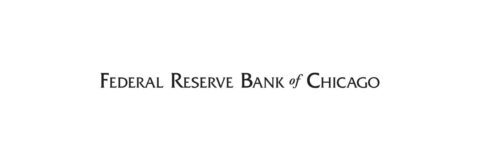Washington policy makers are pushing a strategy of tariffs. How have prior efforts to implement a broad-ranging tariff strategy impacted the American economy?
Imported goods are only about 11% of GDP. So modest tariffs like we saw in previous iterations over the years mostly impacted the directly affected industries but didn’t have an overly large impact on the macroeconomy. What’s different here is the magnitude and broad base of tariffs — biggest in 100 years and applying to the whole world not just one country. That’s close to unprecedented so we just don’t know.
Inflation reached a 40-year peak in 2022, a development that caught the Federal Reserve and most others off-guard – what has that kind of unexpected development taught the Federal Reserve as we enter another uncertain economic and policy environment?
Hopefully it has taught us a) not to get overconfident when things are going well, b) that people really dislike inflation and inflation is hard to get rid of and c) respect supply shocks because they are hard to deal with.
Politicians, and others, criticized the Fed for raising interest rates when inflation spiked during the pandemic. However, that strategy has seemed to have provided our economy a “soft landing.”
What tools does the Fed have to course correct during this time of policy uncertainty? First, they criticized the Fed for not
moving, then for moving too fast. People will criticize the Fed no matter what it does. I saw in polling that the Fed approval rating was only six points higher than the IRS. All we can do is our job — maximize employment and stabilize prices. Our toolkit is pretty simple. But, when there is uncertainty, it’s a time to gather more information.
You are the president for the Federal Reserve Bank’s Seventh District, which includes Michigan and other manufacturing and agricultural intensive states. How are you advising your fellow Federal Open Market Committee (FOMC) members regarding how our region may be disproportionally impacted by policies being discussed in Washington?
Many of our biggest industries — including manufacturing — are some of the most cyclical sectors in the economy. So, I try to bring on-the-ground information we get from around the district to the FOMC because it’s a leading indicator. Right now, four of the seven most impacted states from tariffs are in the 7th district and they have given me some great intel about how things are affecting business.
Is there anything else you would like to add?
Did you know that all of the cash in the U.S. economy is printed by the Bureau of Engraving and Printing but distributed by the Federal Reserve Banks? We have an enormous vault with tens of billions of cash in it both in Chicago and Detroit and there is a huge physical distribution operation in both places.


